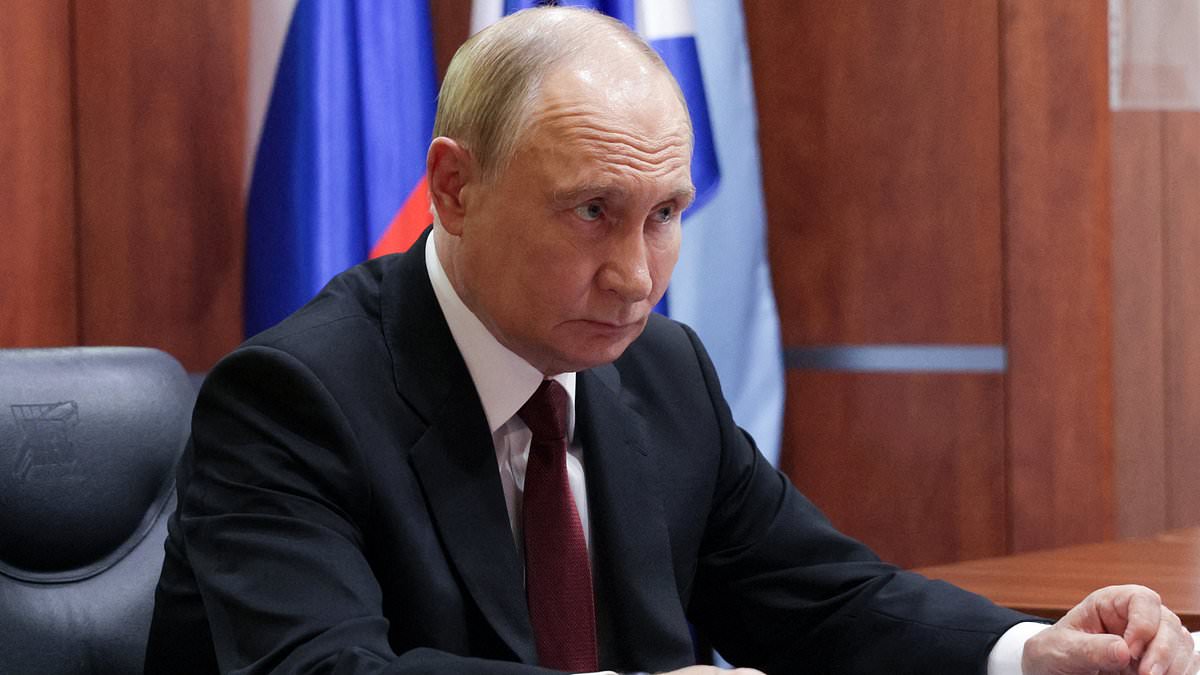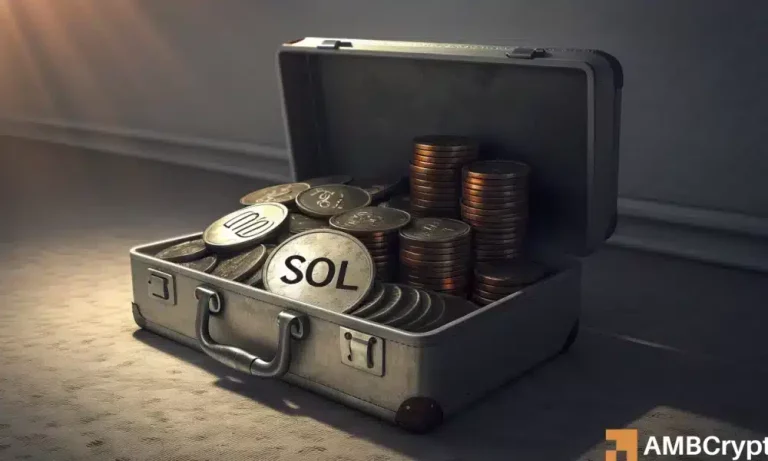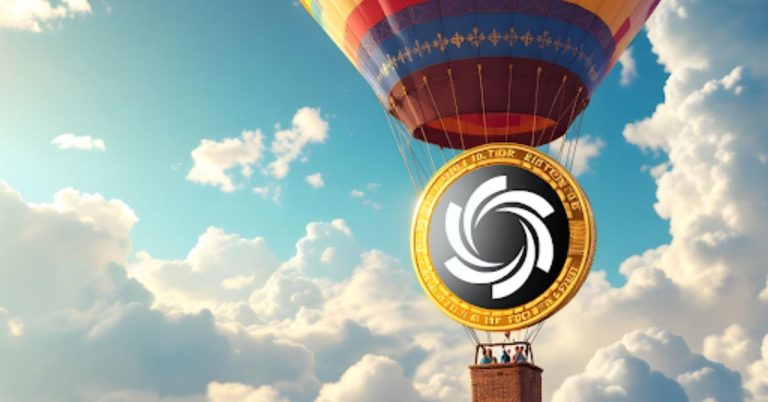
More than a million Russians have been killed or wounded in the ongoing conflict in Ukraine, but this war isn’t just a tragedy for the people—it’s become a lifeline for Vladimir Putin. For the Russian president, peace means certain death, be it through assassination, a coup, or international prosecution as a war criminal.
The Real Motive Behind the War in Ukraine
Officially, Putin claims that the invasion of Ukraine, which began in 2022, is about unifying Russian territories and keeping Ukraine out of NATO. But the real motives lie in maintaining his grip on power. As a leader who has ruled Russia for over 25 years, war is his ultimate tool for distraction and control—a card straight from Niccolò Machiavelli’s playbook.
Putin’s focus has been on framing Ukraine as both a historical part of Russia and a threat to Russian national security. But his reasoning for the invasion goes deeper. As Russia deteriorates economically and socially, the ongoing war serves as a convenient focus point to divert attention from domestic discontent.
Europe’s Line of Defense: Ukraine
Despite significant challenges, Ukraine’s dogged resistance has played a crucial role in halting Putin’s ambitions. Had Ukraine fallen quickly, analysts believe Putin’s next target could have been Poland. Europe owes Ukraine much for their fierce fight against a vastly larger army, saving millions from potential new conflicts.
The casualties in Russia paint a grim picture. Economic stagnation, inflation surging to 10%, and declining energy revenues reflect the hardships among ordinary Russians. The corrupt regime has turned Russia into a mafia state with Putin as its godfather—a reality that the global community cannot ignore.
Putin’s Trip to Alaska: A Strategic Move
Last Friday, Vladimir Putin met with U.S. President Donald Trump in Alaska to discuss the crisis in Ukraine. For Putin, this summit was about more than peace talks; it was about survival. With U.S. sanctions looming and limited international allies, Russia is economically vulnerable. However, the meeting allowed Putin to secure critical concessions, ensuring he avoided financial penalties and presented himself as a legitimate power player on the world stage.
Putin praised Trump during the talks, emphasizing that the war might not have started under Trump’s presidency. While offering empty pledges for peace, Putin subtly manipulated the narrative, blaming Ukraine’s leadership for prolonging the conflict.
The Price of Narrow Escapes
Although Putin walked away from Alaska without any immediate sanctions, the threats remain. Countries like the U.S. can use indirect measures—such as pressuring Russia’s trading partners like India and China—to make economic survival nearly impossible for Russia. Still, as long as Putin maintains power, his strategy will remain one of aggression to sustain control and influence.
Behind the scenes, questions remain regarding unofficial deals that may have been struck during the summit. These undisclosed agreements could include access to Ukraine’s vast mineral wealth or advantageous trade negotiations, raising ethical questions about global diplomacy.
Survival at All Costs
For Vladimir Putin, survival trumps everything. A leader who has turned Russia into a mafia operation, Putin carries on the war not just for conquest but as a strategy to ensure his continued reign. With instability growing inside Russia and his international reputation further tarnished, questions remain about how long his tactics will work.
What is evident, however, is that the longer Putin stays in power, the more his leadership mirrors that of a reckless driver—pushing a burning engine forward while ignoring the peril ahead.
To explore strategies for international leaders to address power struggles like these, the book “The 48 Laws of Power” by Robert Greene is an insightful resource for understanding the dynamics of leadership and control.



